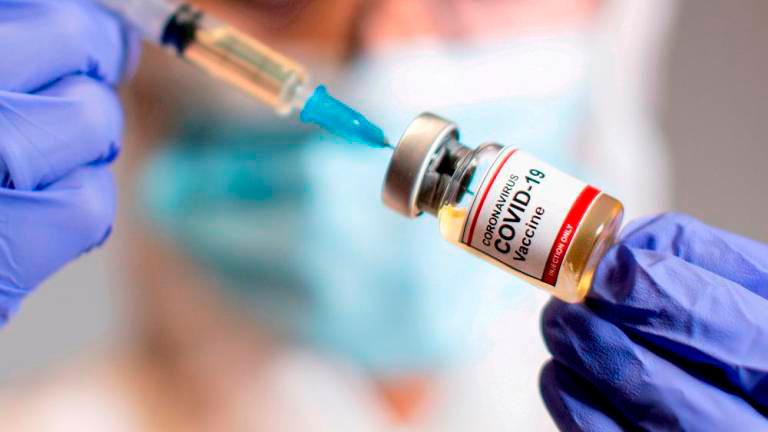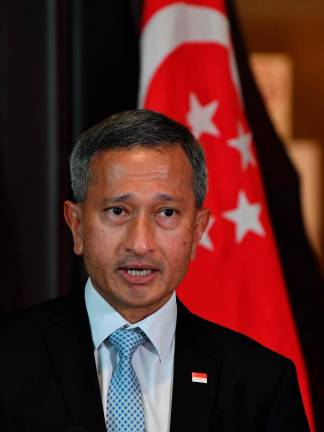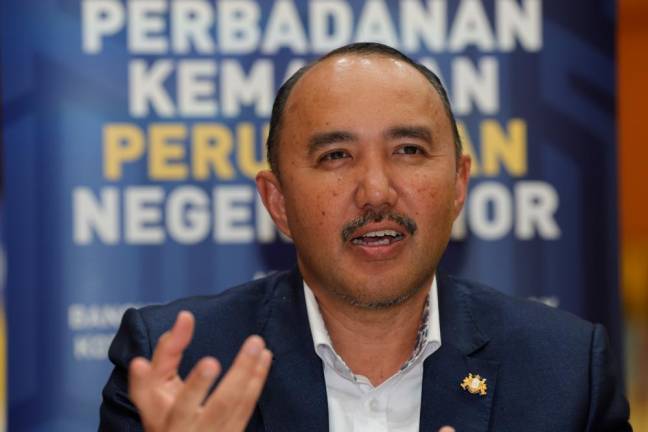PETALING JAYA: Although the outlook for Malaysia’s economy has improved in the second half of the year with the resumption of many economic activities and boosted by the government’s various stimulus measures, the outlook could become choppier and uneven as the risk of slower recovery has heightened of late with the increasing Covid-19 cases and the corresponding partial lockdown measures put in place.
Interpac Securities said although Malaysia’s recent economic data points to growth resuming, the trend may be ebbing with the growth rate tapering – matching the performance of many other economies.
“The easing growth suggests that the pent-up demand may just be one-offs and that future performances may become choppier and slower due to the unsettled global economy as yet, particularly if another wave of infection strikes that could weaken demand dynamics again,” it said.
It pointed out that the end of the loan moratorium may alter domestic consumption patterns to a more cautious one, while certain sectors like aviation, hospitality, entertainment and tourism could continue to reel from their extended closures.
“Even as employment prospects have recovered somewhat, the threat of further job losses is still very real amid the still challenging economic conditions for the rest of the year, particularly if the economic recovery stalls.
“As a result, domestic demand may remain subdued for longer with capital spending also likely to wane further that could aggravate the economic conditions going forward.”
Malaysia’s leading index (LI) remained resilient in August, expanding by 7.6% year on year, which matched July’s numbers – further cementing the view that the economy in the third quarter is recovering from the shock of Covid-19.
However, Public Investment Bank Research cautioned that economic recovery in the third quarter could be softer than expected amid the continue spread of Covid-19.
“Efforts to contain the spread of Covid-19 could be a precursor for a rise in fiscal spending and a loss in output and therefore, a drag on the engine of growth. This may also take some shine out of the LI in the fourth quarter,” it said.
There are silver linings to the grim prognosis, however, as the employment rate is set to dip back below 4% which will drive higher consumption and investment activities while a more buoyant external sector is also expected to drive commodities demand.
Inflationary pressures are expected to remain benign going into 2021, remaining below its longer-term average of 2% due in part to the lower fuel cost and reduced cost pressures.
Interpac views Bursa Malaysia’s outlook as remaining fluid, and this could see the key index lingering within a tight band and around the psychological 1,500-point level as it attempts to build up a base.
“Market participation has thinned substantially of late and with fewer catalysts, we think that market interest is likely to remain on the thinner side for now. While the downside bias is still present, the 1,450-1,460 levels should provide support, with the upsides potentially topping out at 1,550-1,580,” it said.
At those levels, it said the KLCI will be trading at 16x-17x forward price to earnings ratio (PER), within its forward averages. Meanwhile, Malaysian corporate earnings (FBM EMAS) could slide 32% in 2020, before recovering some 20% in 2021, with much of the improved earnings to emanate from heavyweight glove makers.
That said, with vaccine availability nearing, the research house said it sees see interest in glove maker stocks waning, even as glove demand could hold for the time being, given that it will still require a gestation period before most of the world’s population is inoculated.
“Consequently, we think glove makers’ share prices could be pressured again after their significant outperformance and this could dampen the performance of the overall key index in due course. As it is, glove maker stocks’ valuation remains rich even after their recent pullback, with the PERs well above their 5-10 year forward averages on expectations that their strong earnings growth will continue well into next year.”
While earnings are expected to recover, the risk to the improved earnings remains, particularly in fourth-quarter 2020, due to the resurgent Covid-19 cases worldwide that could slow the recovery.
Furthermore, the country’s economic indicators are showing some signs of moderation that could also point to a slowdown in the earnings recovery for the remainder of the year.













